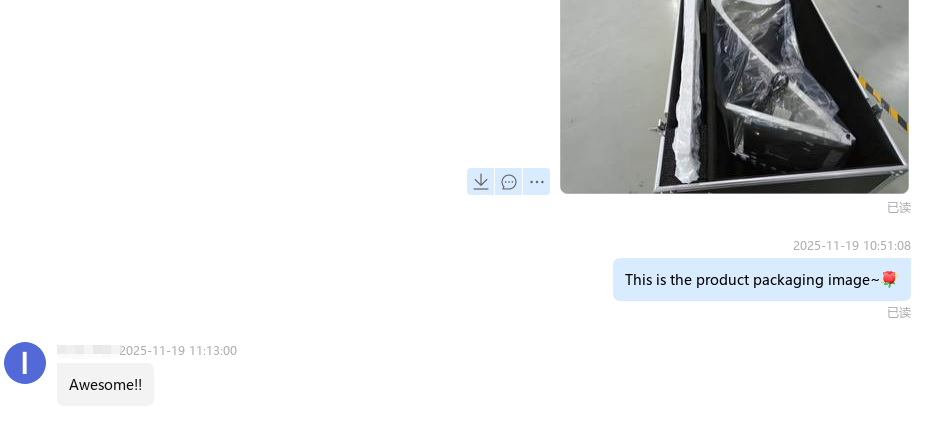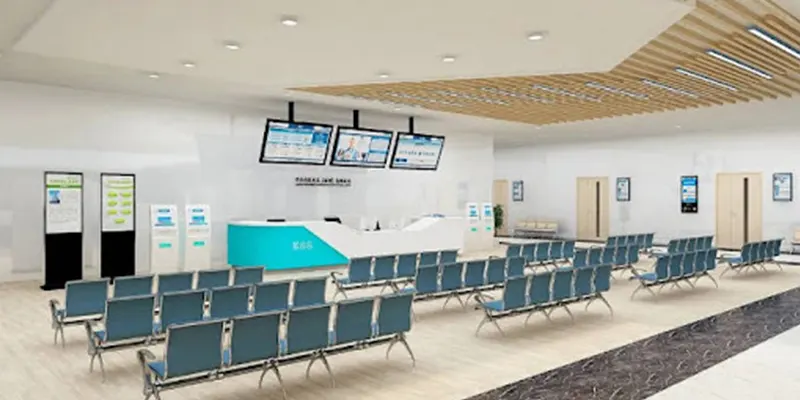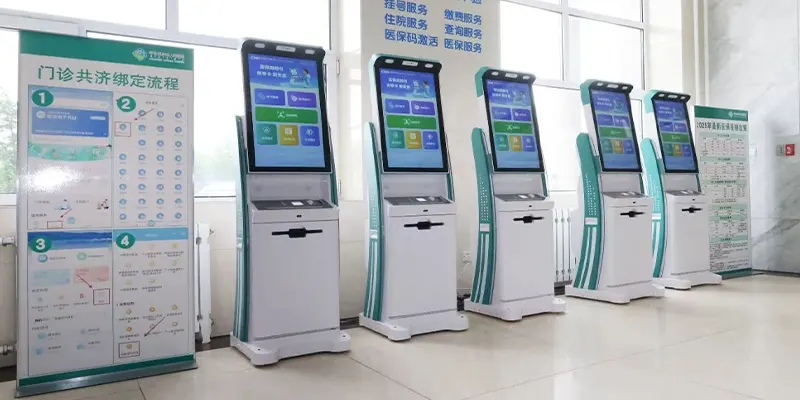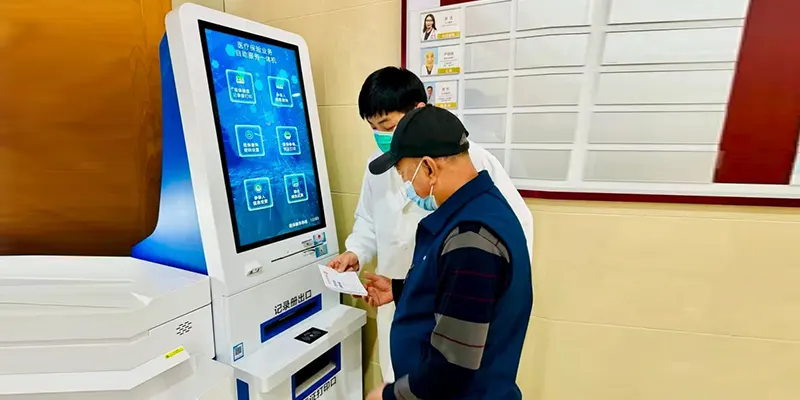What Is Digital Signage Solutions for Hospitals
Digital signage solutions for hospitals are advanced systems that use interactive screens, video walls, and real-time content to improve hospital communication, guide visitors with wayfinding, and enhance overall patient experience. By displaying critical information, educational content, emergency alerts, and navigation instructions, digital signage helps hospitals operate efficiently while creating a positive environment for both patients and staff.
1. Enhanced Hospital Communication
Ø Digital signage allows hospitals to broadcast announcements, schedule updates, and service information instantly. Unlike static notice boards, digital signage ensures hospital communication is consistent across multiple areas at the same time.
Ø Hospitals can use digital signage to display multilingual messages, improving hospital communication for international patients or non-native speakers. This supports a more inclusive environment and enhances patient experience.
Ø Emergency messages, policy updates, and staff notices can all be delivered through digital signage, making hospital communication more reliable and reducing the chance of miscommunication.
Ø Regular updates via digital signage help patients and visitors understand the hospital’s schedule and rules, contributing to a smoother patient experience.
2. Improved Patient Experience
Ø Digital signage improves patient experience by providing real-time waiting times, appointment reminders, and notifications in waiting areas. Patients feel informed and less anxious when they see updated information on screens.
Ø Health tips, wellness videos, and preventive care messages displayed on digital signage educate patients and encourage healthier choices, enhancing patient experience.
Ø Clear visual guidance through digital signage supports wayfinding, helping patients locate clinics, labs, pharmacies, and other departments without confusion. This contributes directly to a positive patient experience.
Ø By providing helpful and accessible information, digital signage improves hospital communication, reduces the number of staff interruptions, and allows healthcare professionals to focus more on patient care.
3. Accurate Wayfinding
Ø Hospitals are often large and complex, and poor wayfinding can lead to frustration. Digital signage provides interactive maps, step-by-step directions, and highlighted routes to make navigation easy.
Ø Real-time wayfinding updates on digital signage can help patients and visitors avoid areas under maintenance or temporarily closed sections, maintaining a smooth flow and minimizing stress.
Ø Combining digital signage with hospital communication ensures that directional instructions are consistent with other information, such as appointments, room numbers, and schedules, improving patient experience.
Ø Advanced digital signage for wayfinding can integrate with mobile apps, allowing patients to plan routes in advance and follow directions dynamically while inside the hospital.
4. Real-Time Emergency and Safety Alerts
Ø Digital signage delivers urgent messages instantly during emergencies, enhancing hospital communication and keeping staff and patients informed.
Ø Evacuation routes, fire warnings, or medical code alerts displayed on digital signage ensure that wayfinding during emergencies is clear, reducing panic and confusion.
Ø Emergency content on digital signage improves the patient experience by giving patients and visitors clear instructions on where to go and how to act during critical situations.
Ø By integrating digital signage with alarm systems, hospitals can maintain consistent hospital communication and provide simultaneous updates across multiple departments and waiting areas.
5. Service Promotion and Information Display
Ø Hospitals can use digital signage to highlight specialty departments, new treatments, upcoming health programs, and seasonal campaigns. This improves hospital communication by sharing information that patients might not otherwise notice.
Ø Visual content on digital signage attracts attention and helps patients understand available services, improving patient experience.
Ø Integrating wayfinding information with service promotion ensures patients can easily locate the relevant department or service highlighted on the screen.
Ø Digital signage allows hospitals to dynamically update promotions or programs, maintaining current and accurate hospital communication at all times.
6. Staff Coordination and Internal Communication
Ø Digital signage enhances hospital communication for staff by displaying shift schedules, operational updates, meeting reminders, and training notices.
Ø Clear internal messages via digital signage reduce miscommunication, streamline workflows, and allow staff to focus more on patient care, improving overall patient experience.
Ø Wayfinding signage for staff areas, including storage rooms, labs, and offices, helps personnel locate key areas quickly, reducing delays and maintaining operational efficiency.
Ø By using digital signage for internal updates, hospitals can reinforce hospital communication consistency, ensure all staff are informed, and support safer, faster operations.
Conclusion
In conclusion, digital signage solutions are a vital tool for hospitals, enhancing hospital communication, improving patient experience, and providing accurate wayfinding throughout healthcare facilities. By delivering real-time updates, emergency alerts, interactive navigation, service promotions, and educational content, digital signage helps hospitals operate efficiently while creating a safer, more informative, and patient-friendly environment. Properly implemented digital signage strengthens hospital communication, optimizes wayfinding, and directly contributes to a superior patient experience for all visitors and staff.

FAQ – Digital Signage Solutions for Hospitals
1. What is digital signage in hospitals?
Digital signage in hospitals refers to the use of interactive screens, video walls, and digital displays to share real-time information. It improves hospital communication, guides visitors with wayfinding, and enhances the overall patient experience by providing timely updates, health tips, and directions.
2. How does digital signage improve patient experience?
Digital signage enhances patient experience by showing real-time waiting times, health tips, and educational content. Clear instructions and interactive wayfinding reduce confusion and stress, while consistent hospital communication ensures patients feel informed and supported throughout their visit.
3. Can digital signage help with hospital wayfinding?
Yes. Digital signage provides interactive maps, directional arrows, and step-by-step navigation that support effective wayfinding. This helps patients and visitors find departments, clinics, and labs quickly, improving patient experience and strengthening hospital communication.
4. How does digital signage support hospital communication?
Digital signage enables hospitals to broadcast announcements, emergency alerts, service updates, and operational notices instantly. By delivering consistent messages in real time, digital signage strengthens hospital communication and contributes to a smoother patient experience.
5. Can digital signage be used for staff coordination?
Absolutely. Hospitals use digital signage for internal purposes such as shift schedules, training reminders, and operational updates. This improves hospital communication among staff and indirectly enhances patient experience by ensuring that staff are informed and can provide timely care, while also supporting wayfinding for internal areas.




